The Lake Issue
11 Wet and Wild Lakes
Take an adventure to some of the world's most unbelievable lakes
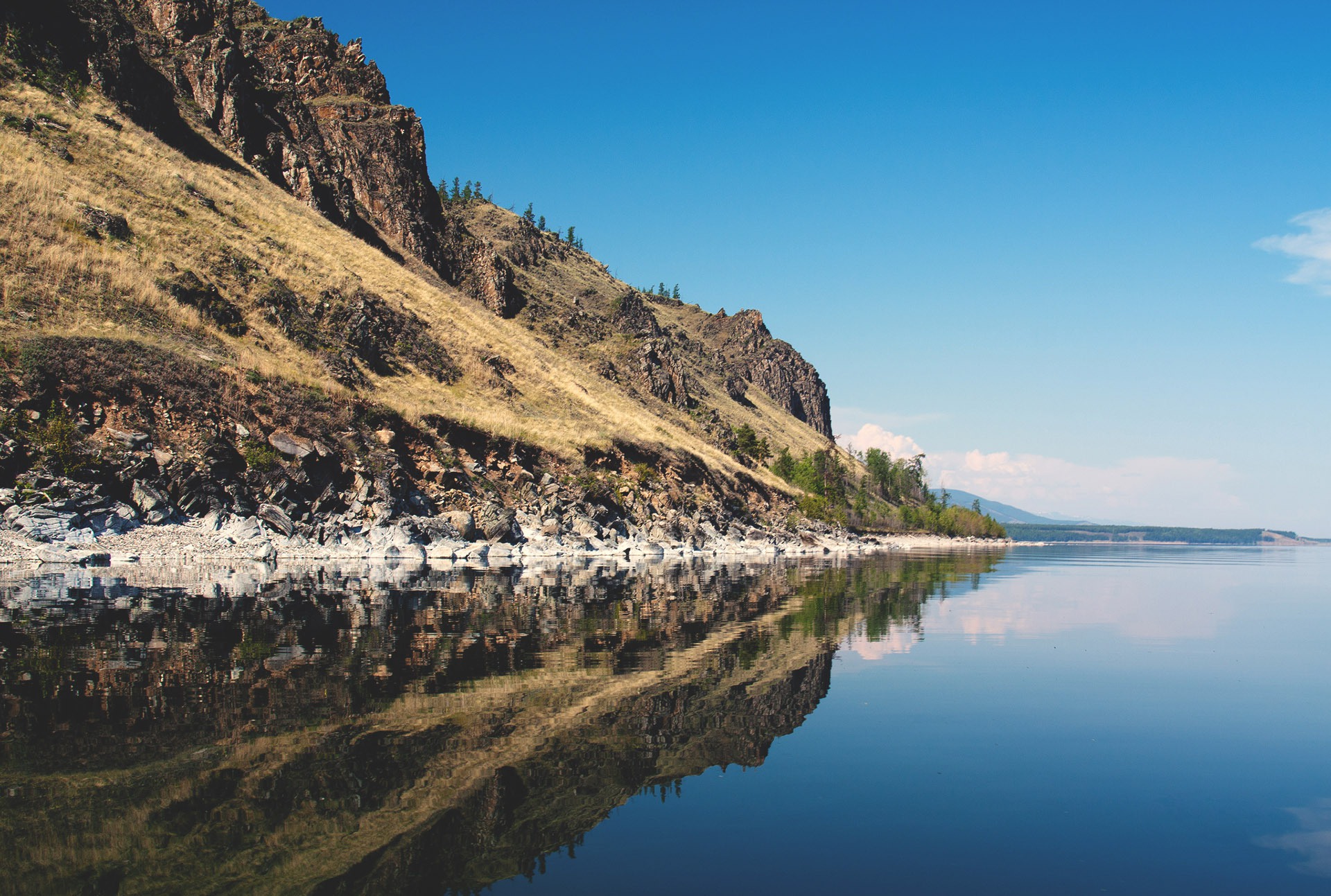
1
Lake Baikal
(Southeast Russia, on the border of Russia and Mongolia)
Lake Baikal, located in Southeast Russia near the border of Mongolia, has an impressive list of superlatives: it’s the oldest, deepest, clearest, and largest lake by volume in the world. The 25 million year old lake holds 20 percent of the world’s unfrozen freshwater (23,615 km³, which is more than all of the North American Great Lakes combined). Its shores span 2,100 km, and it’s deepest point lies 1,642 m below the surface. The sheer size of Lake Baikal, and the fact that it is notably well oxygenated, makes it rich in biodiversity. There are 1,000+ known species of plants and 2,500+ known species of animals living inside, 80 percent of which are endemic. In 2006, the Russian government announced plans to build a uranium enrichment plant near Lake Baikal. This project, supported by the International Atomic Energy Agency (IAEA) and the United States, would leave 10 percent of the site’s end-product reusable for an incredibly efficient energy source – and 90 percent as radioactive, nuclear waste.
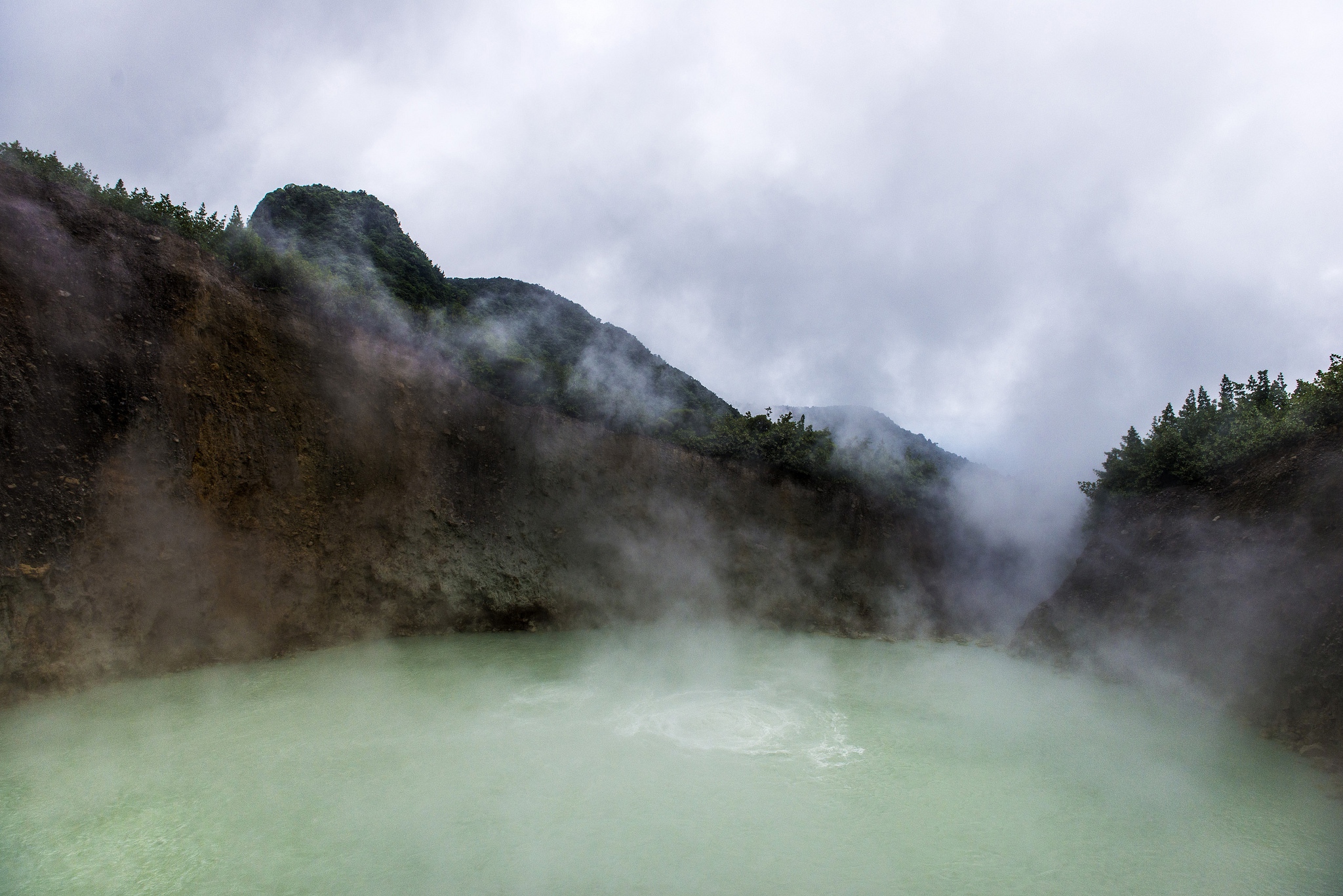
2
Boiling Lake
(Within Morne Trois Pitons National Park, east of Roseau, Dominica)
Boiling Lake, Dominca, is one of the hottest and largest hot lakes in the world. It exists as a flooded fumarole about 60 m wide and more than 59 m deep. The temperature around the edges of the lake (its coolest region) ranges between 82 and 92 degrees C. Since there are no roads to Boiling Lake, if you wanted to visit, you would need to prepare yourself for a three-part 13 km hike, which includes a 966 m elevation hike up and down the Valley of Desolation, and winds through sulphur springs and hot pools along the way. If you make it past this post-apocalyptic scene, complete with the fetid odor of sulphur and small, hissing geysers that can burn you with tiny, invisible sprays of boiling hot water, you might behold the view from 30m above on the rocky cliff directly above its shore.
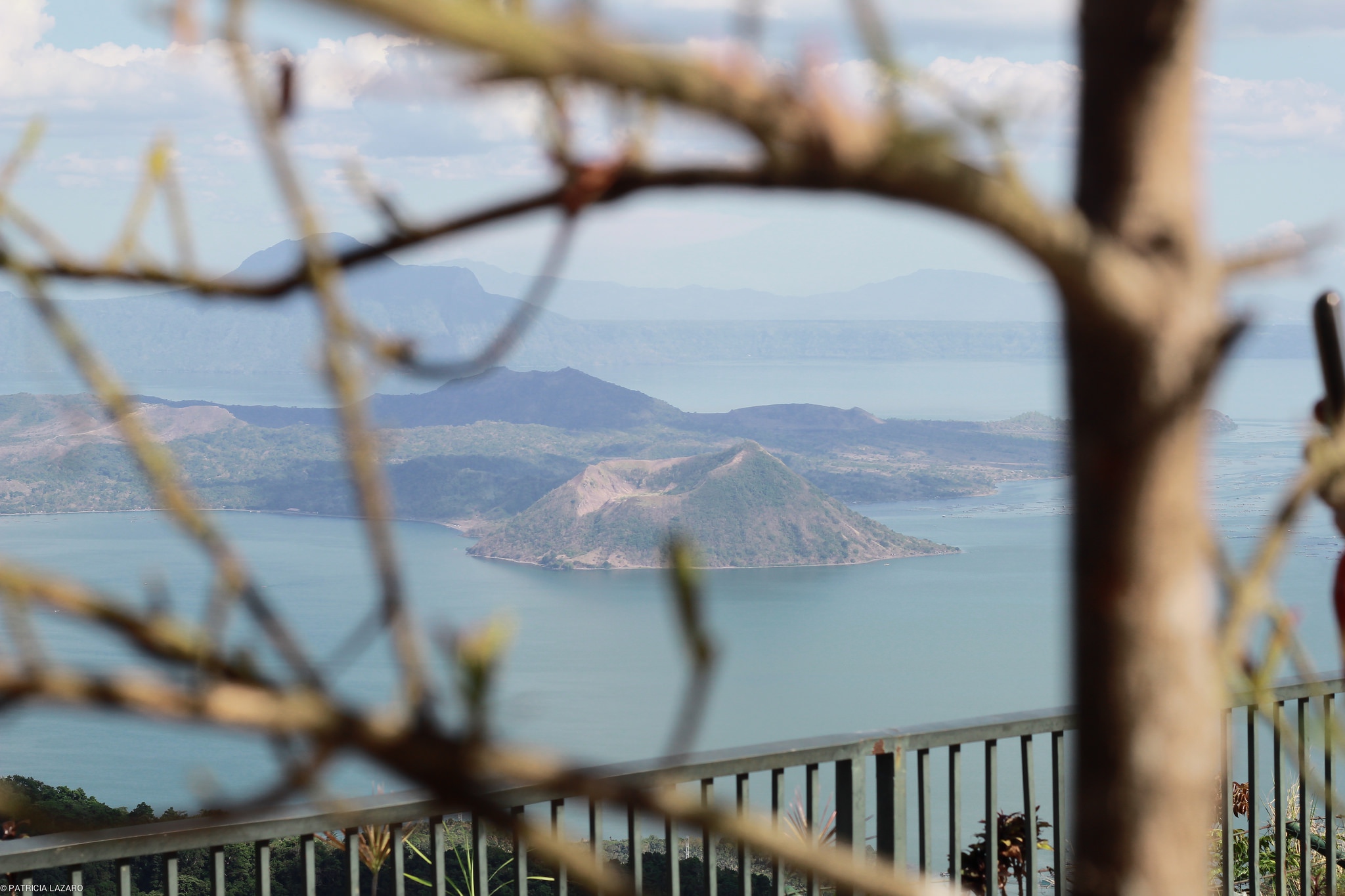
3
Taal Lake
(Northern Philippines, just south of Manila)
On the island of Luzon in the Philippines, just south of Manila, there is a lake called Taal Lake, which fills the Taal Caldera. On this lake, there exists an island called Volcano Island. And on this island there is a lake known as the Yellow Lake. And on Yellow Lake, there lies an island called Vulcan Point. That’s right. Vulcan Point is an island on a lake on an island in a lake on an island. Not only does this lake have a particularly fractal geography, but it also has a pretty cool geologic history. Taal Lake used to be a bay. Volcanic eruptions landlocked the bay, and over time, it slowly evolved into the largest double lake in the world, which housed two entirely unique species of freshwater sea snakes. In 2007, a Korean firm started plans to develop a health spa on Volcano Island, but after receiving backlash from government officials and public opinion, their permit was permanently revoked.
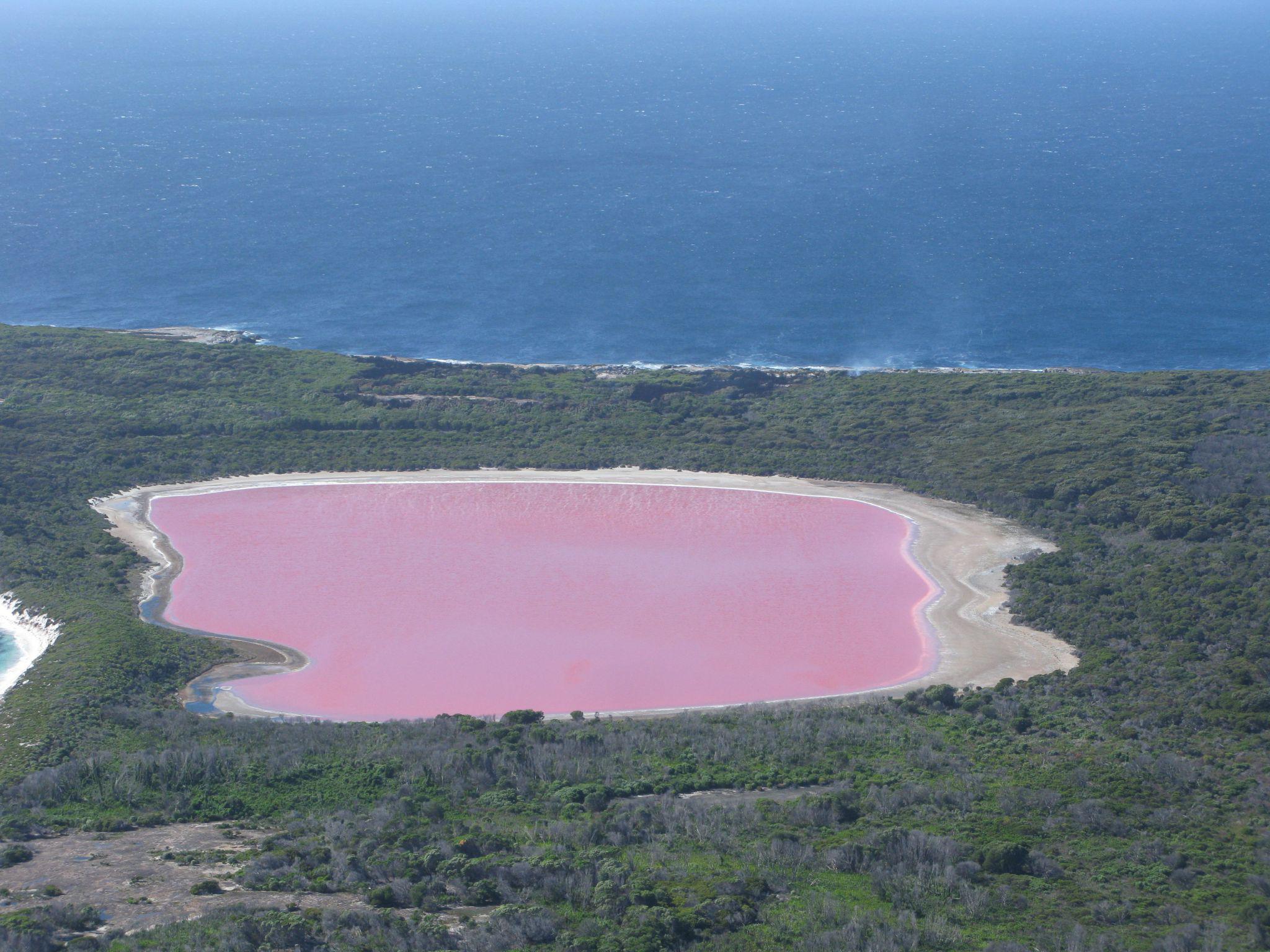
4
Lake Hillier
(On Middle Island, Western Australia)
Lake Hillier, a saline lake on a small island called Middle Island off the south coast of Western Australia, is pink. Strangely, however, it is not known for certain why the lake is pink. Scientists think that the vibrant, concentrated color is caused by the lake’s one inhabitant, Dunaliella salina, a halophilic green micro-algae which produces a red dye (but is not commonly associated with producing pink colors). The pink is said to be permanent and visible at any volume. Unlike many saline lakes around the world, Lake Hillier is safe to swim in. Since 2002, it has been considered a wetland of “subregional significance,” and in 2012 was associated with the Recherche Archipelago Nature Reserve.

5
Chargoggagoggmanchauggagoggchaubunagungamaugg
(Massachusetts, Northeast USA)
Deriving its name from an Algonquian language known as Nipmuc, Lake Chargoggagoggmanchauggagoggchaubunagungamaugg has one of the longest names ever in general. The 45-letter tongue-twister has a few translations, which amount to either “fishing place at the boundaries, neutral meeting grounds,” or “lake divided by islands.” The various translations (and various spellings of the lake through the years) give an interesting insight into how various people from Webster, Massachusetts see this lake and how it functions on an anthropological level. While Lake Chargoggagoggmanchauggagoggchaubunagungamaugg has an impressive reputation for such a long name, the lake is also known as Lake Chaubunagungamaug and Webster Lake. Currently, the lake is presided over by Webster Lake Preservation LLC and contains a dam.
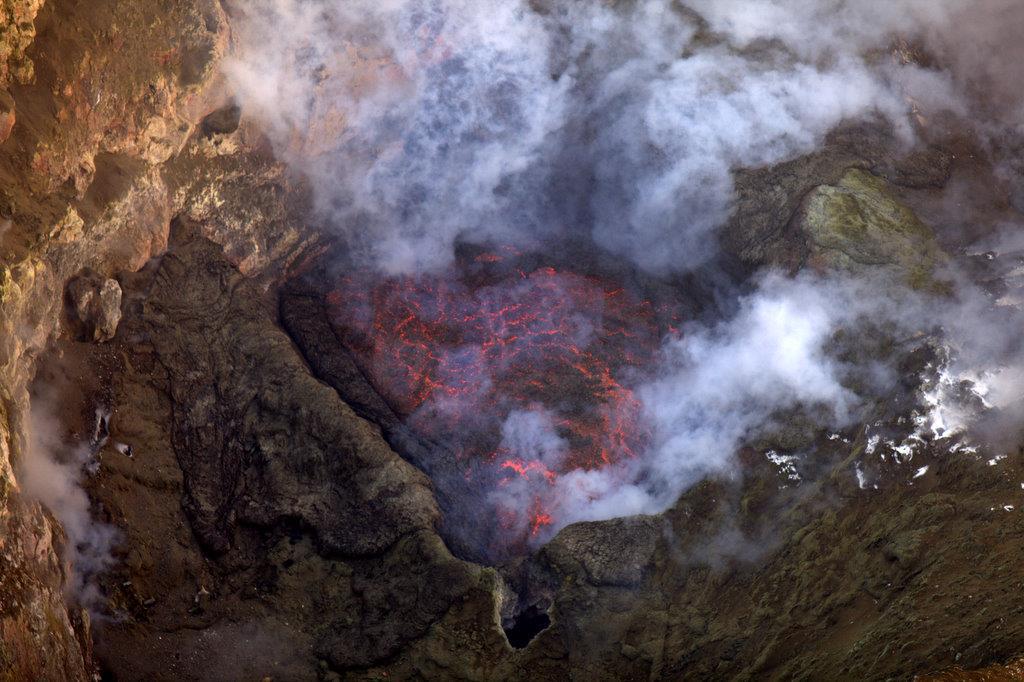
6
Mount Erebus Lava Lake
(Ross Island, south of New Zealand)
Mount Erebus isn’t really a lake, but it is a continuously active volcano, which, at its summit, houses one of five persistent lava lakes on Earth. Measuring in at 3794 m, Mount Erebus is the second tallest mountain and most active volcano in Antarctica. It has been continuously erupting since 1972, maintains a continuous gas plume and is said to “breathe” in regular ten-minute cycles. The lava from this lake is ejected as a lava bomb containing Erebus Crystals, a type of feldspar rich in sodium, potassium and aluminium silicate, which scatter and cover the mountainside. The lava lake is neighbored by three other inactive volcanoes on the Island –Mount Terror, Mount Bird and Mount Terra Nova. Appropriately, Erebus was the Greek primordial deity of darkness and son of Chaos, the primeval void.
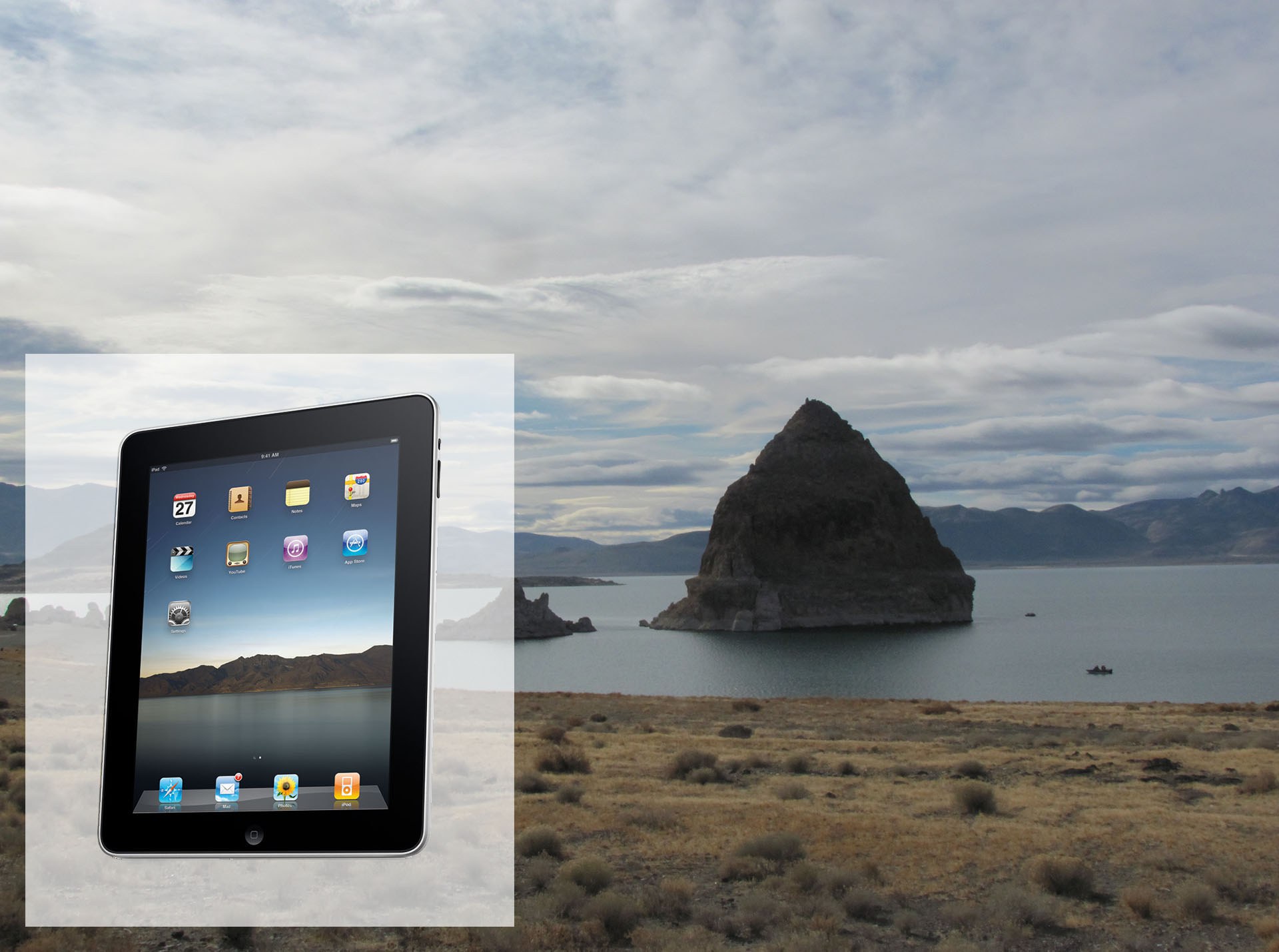
7
Pyramid Lake
(Nevada, Western USA)
On April 3rd, 2010, Apple released the first generation iPad. Little did they know, they also released a little window into HELL. Pyramid Lake, Nevada–of the infamous iPad stock photo–is known IRL to contain a water spirit of evil disposition. One local legend says the lake contains a sort of serpent demon that takes the form of a baby and lures children to their watery depths with its cries. Other tales involve a love-spurned mermaid creature that once fell in love with a local boy and now eats people. Either way, Pyramid Lake has been the site of some freaky accidents over the years. A few years ago, two scuba divers said they encountered a creature that ripped their breathing gear off and held them under water. Both survived, but locals say one is now living in a mental institution. The lake is also said to be an ecological dead zone, with no fish or radar. Police say it is very hard to find bodies within its depths. Because of this, geologists have proposed that there may be an underwater tunnel or cave on the bottom of the lake that leads to unknown subterranean chambers.
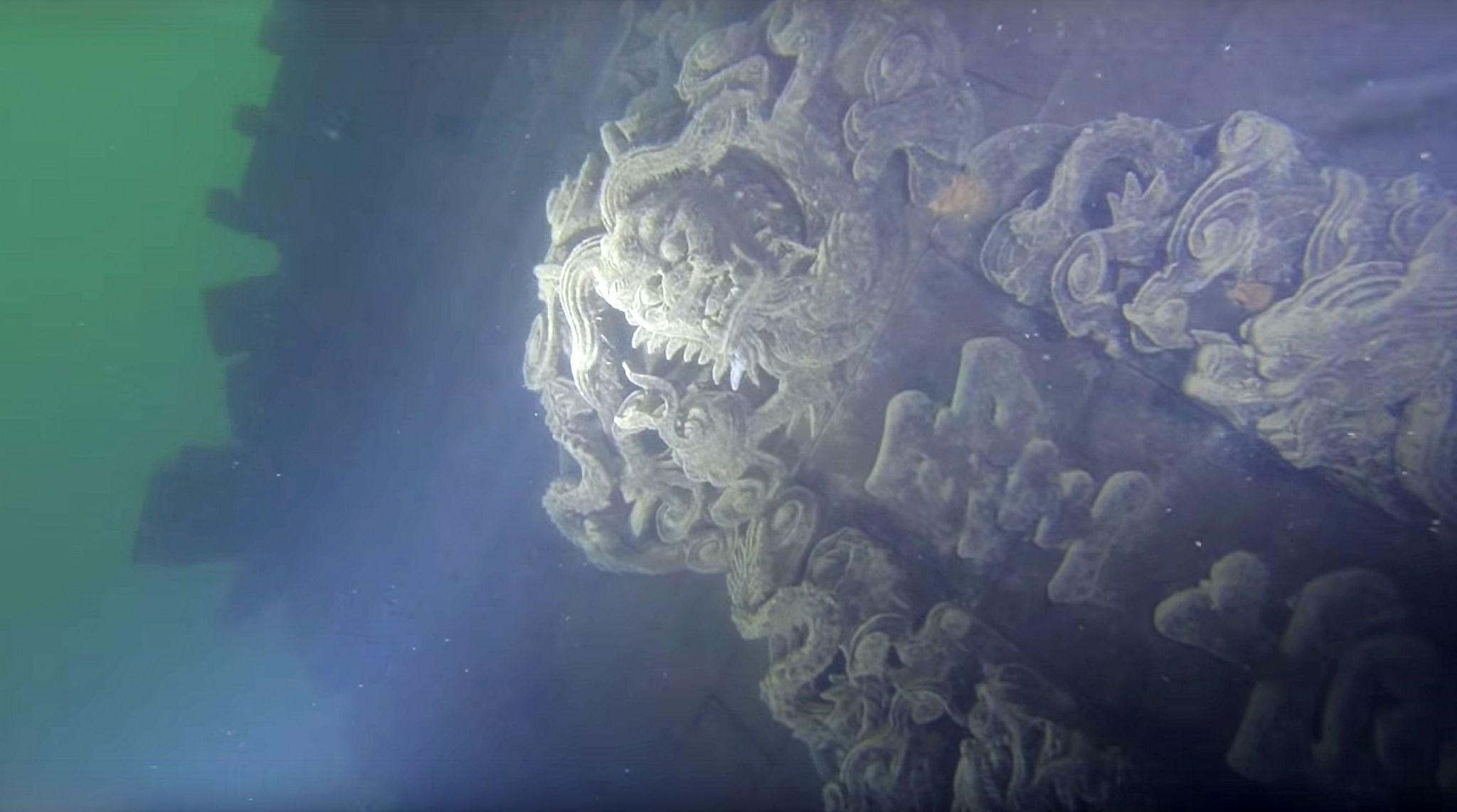
8
Qiandao Lake
(China, Zhejiang Province)
Qiandao Lake, China: Home of Nongfu Spring brand mineral water, an island called The Island to Remind You of Your Childhood, and a submerged ancient city. In 1959, the valley in which the ancient Lion City rests was flooded in order to provide a lake for the Xin’an River Dam project, creating what some now call “China’s Atlantis.” Once known as Shi Cheng, Lion City used to be the center of politics and economics in the eastern province of Zhejiang. The beautiful and ornate temples and memorial arches can be viewed by diving clubs. In 2007, plans were set in motion to build a submerged floating tunnel through the city. Another facet of the lake’s past is the tragedy known as the Qiandao Lake Incident, in which three hijackers boarded a mainly Taiwanese tourist boat and killed 32 passengers by setting the boat on fire.
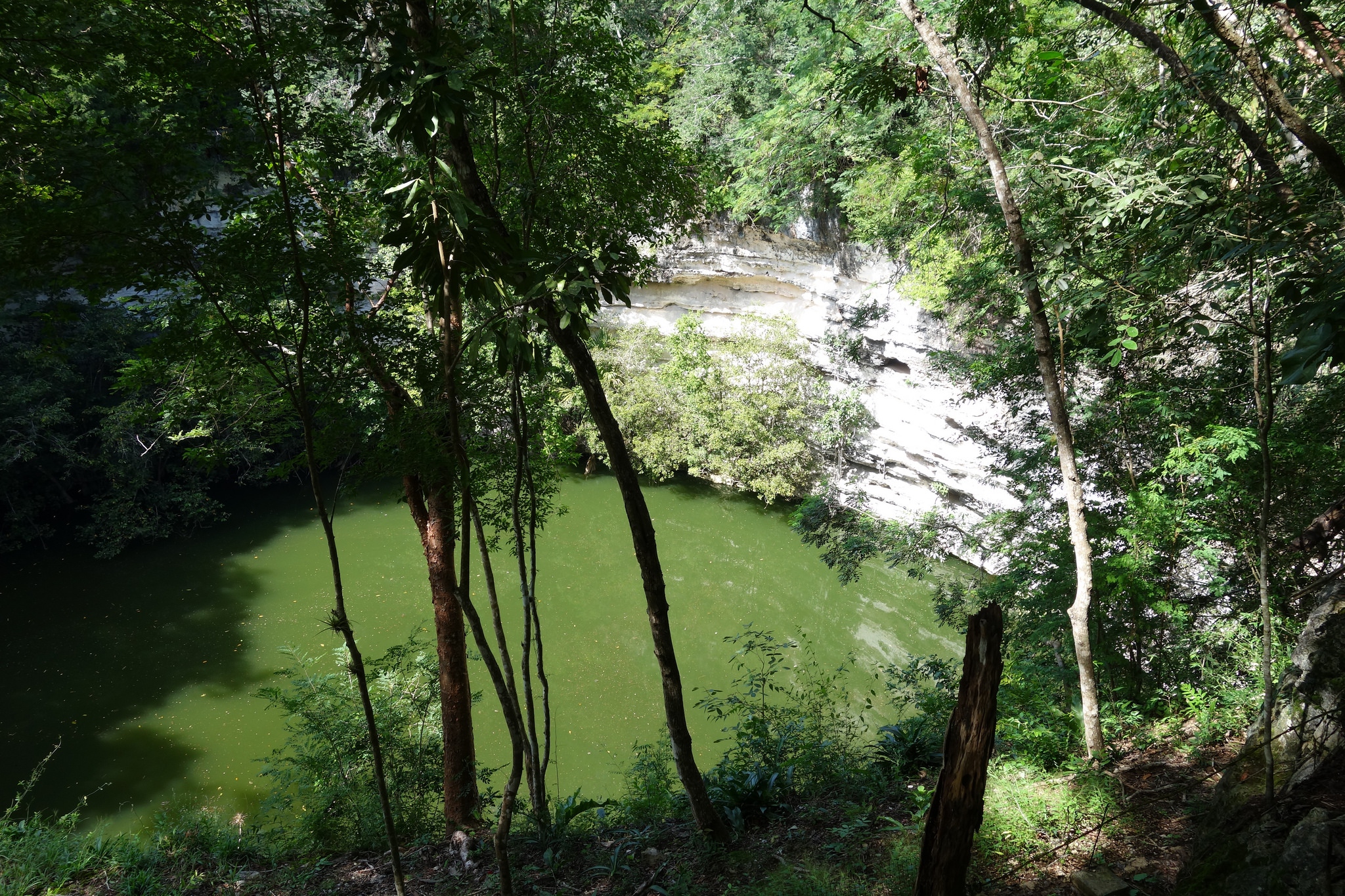
9
The Sacred Cenote
(Northern Yucatán Peninsula, Mexico)
The Sacred Cenote, or Chen Ku, of Chichén Itzá, located in the Northern Yucatán peninsula is an ancient ritual site for the Mayan culture of Ancient Mexico. A cenote, if you are not already familiar, is a natural pit resulting from the collapse of limestone bedrock, which exposes groundwater beneath the earth’s surface. Essentially, they are surface connections to subterranean bodies of water. Chen Ku, meaning “The Well of God,” was known as one of the three entryways to Xibalbá, the Mayan underworld, and was thought to house the rain God, Chaac, to whom the Mayans would sacrifice people and valuable objects. Remains discovered inside of “The of Well of God” thus far include weapons, scepters, idols, tools, jade, textiles, gold, copper, pottery, stone, bone, and shells, as well as the bodies of men, women and children. These sacred remains are now protected by UNESCO Convention on the Protection of the Underwater Cultural Heritage.
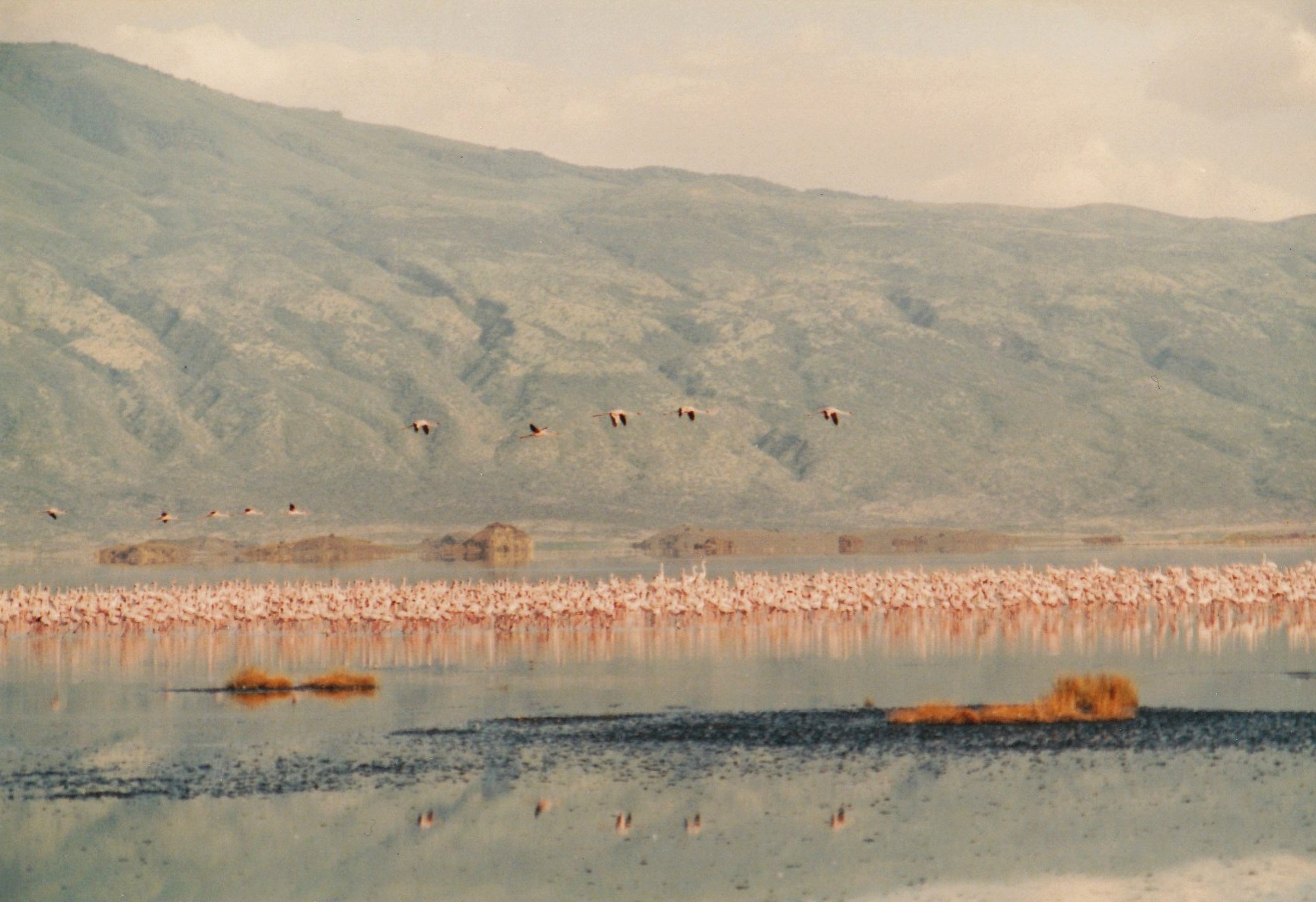
10
Lake Natron
(Tanzania, near the Kenyan border)
Lake Natron is best known for the alkaline waters it holds. A combination of mineral-rich hot springs, a shallow depth of less than 3 m, and a strangely hazardous environment within actually make the lake a secluded, safe breeding ground for the lesser flamingo. Often, the lake appears to be pink, not because of the massive flocks of pink birds that breed there, but because of the salt-crust byproduct extremophile, photosynthetic microorganisms produce within in. Such high salinity in the lake also tends to calcify less-fortunate animals into salt mummies if left stranded or wounded for too long within its shallow depths. But today, Lake Natron itself lies in danger. Logging, legal or otherwise, threatens to disrupt the delicate natural balance of the lake’s salinity, threatening its micro-inhabitants. A planned hydroelectric plant on a nearby river could disrupt the remote lake habitat and its endemic species. And perhaps the most violent and destructive plan for the lake involves the construction of a soda ash factory on its shores. If approved, this plant would house an on site coal plant, and would more than likely drive the lesser flamingos to extinction.
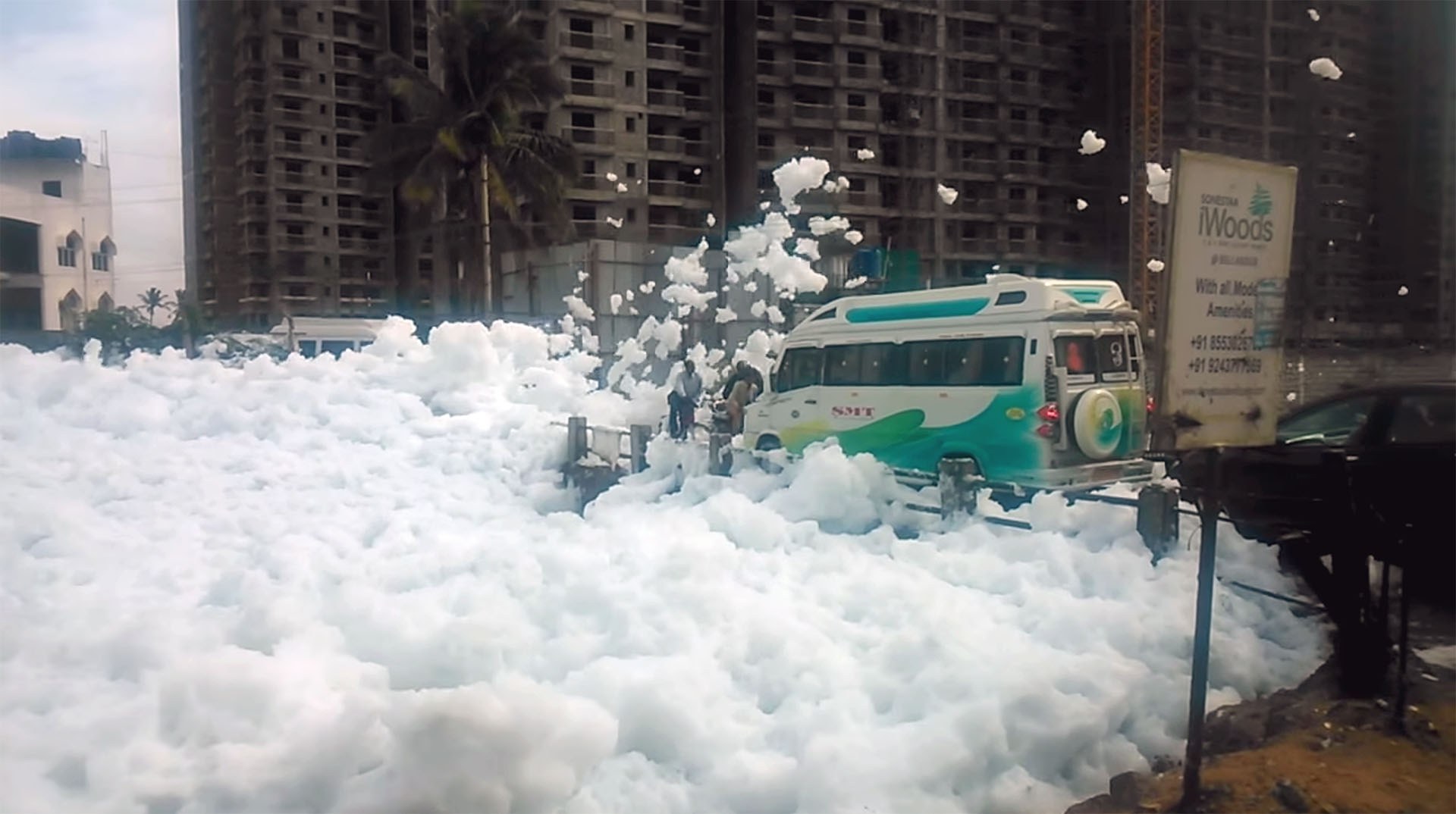
11
Bellandur Lake
(Southeast of Bangalore City, India)
Bellandur Lake is one of the world’s most polluted lakes. Located in Bangalore City, a.k.a. The Silicon Valley of India, it is a part of a massive city drainage system that receives water from industrial lakes in the north and ultimately passes on other lakes across the region. Due to super-fast, unplanned urbanization in the midst of India’s tech boom, as well as virtually no environmental regulations in the region, Bellandur Lake has recently turned into an enormous cesspool that produces a white, snowy, toxic foam and emits a horrible stench at all hours of the day. Despite trivial environmental efforts in 2010 to build fences and plant trees around the lake, the lake still receives more than 400 million liters of untreated waste every day. In May 2015, the toxic foam on Bellandur Lake caught fire and burned for hours after spontaneously combusting.
Marcus McDonald is a conceptual portrait photographer and drummer in the music media industry. His understanding of the creative and aesthetic demands of contemporary artists working in various mediums is rooted in performing in the New York City art and music world. His work can be found in Vogue Italia, Paper, The Fader, Noisey, and elsewhere.
Header photo: Halite deposits along the coast of The Dead Sea from Wikipedia Commons.